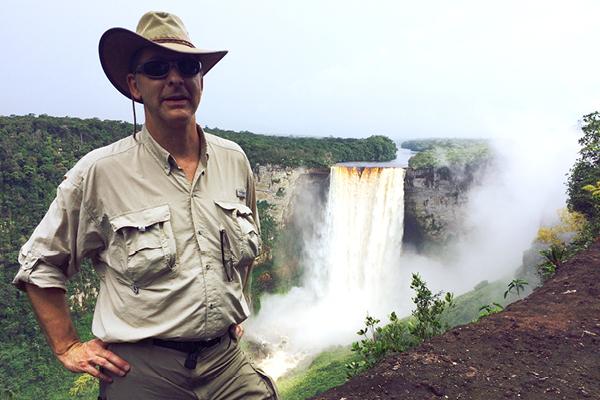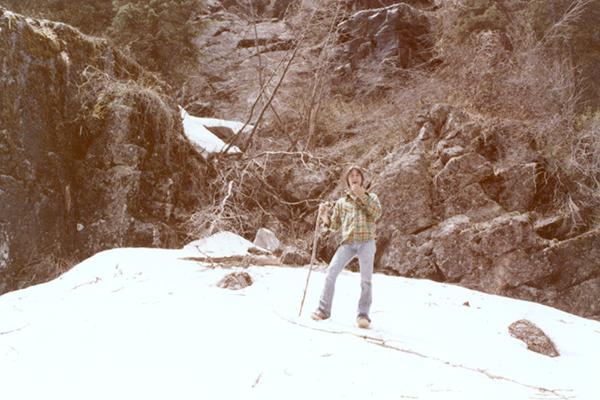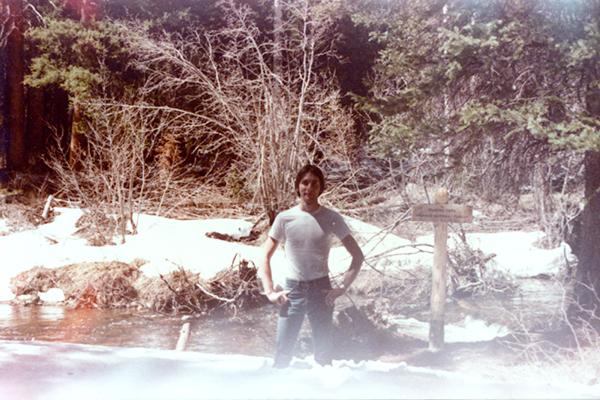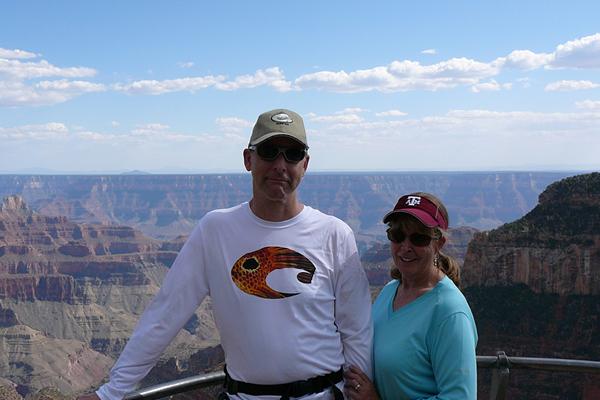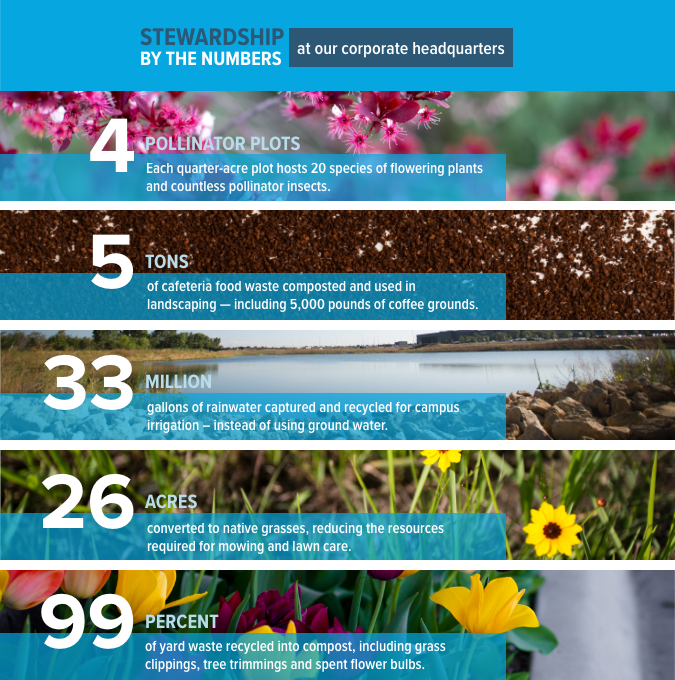Meet Sid, Conservation Dude
At Koch Industries’ Wichita headquarters, Sid Johnson works to improve environmental practices and partnerships across the company.
Sid Johnson’s official title is a mouthful: Process and Systems Manager for Koch Remediation and Environmental Services. But he’d prefer that you just call him “Koch conservation dude.”
“I grew up in the outdoors. I worked on a 93,000-acre ranch in Texas. I’ve always loved nature,” Johnson said. “Heck, my wife and I spent our 35th wedding anniversary rafting through the Grand Canyon and our 40th at Rocky Mountain National Park.”
A large part of Johnson’s role is to find ways to transform land associated with remediation sites into higher-value conservation areas where it makes sense. For example, when a facility required Koch to close some industrial ponds, Sid’s team found ways to turn it into a productive habitat for wildlife. Their efforts created a habitat for wood ducks, yielded a Wildlife Habitat Council certification, and saved the company money – a win-win-win project. His views of nature, and of business, inform his life’s work of environmental stewardship and service.
“We live in the communities where we work. We always want to be good neighbors, good stewards and good business people. Some people believe you have to choose between those. And that’s just not right. You can be all of them,” Johnson said. “I want us to be a preferred partner for the community, so I’m constantly looking for ways to create value for them and for Koch.”
Beyond just his day job, Sid has made it his mission and labor of love to promote habitat improvement, including promoting pollinator insects – in particular the monarch butterfly.
“When you look at the monarch flyway from Mexico, through the Midwest of the U.S. to Canada, our facilities are perfectly situated for us to plant pollinator plots along their flyway to help feed and nurture their journey,” Sid said.
“I’m working to build a network across our facilities in the monarch migration corridor. It’s a total grassroots effort of me just picking up the phone and calling and sending emails to get facilities interested in creating pollinator plots at our facilities. It’s in the beginning phases. So stay tuned.”

